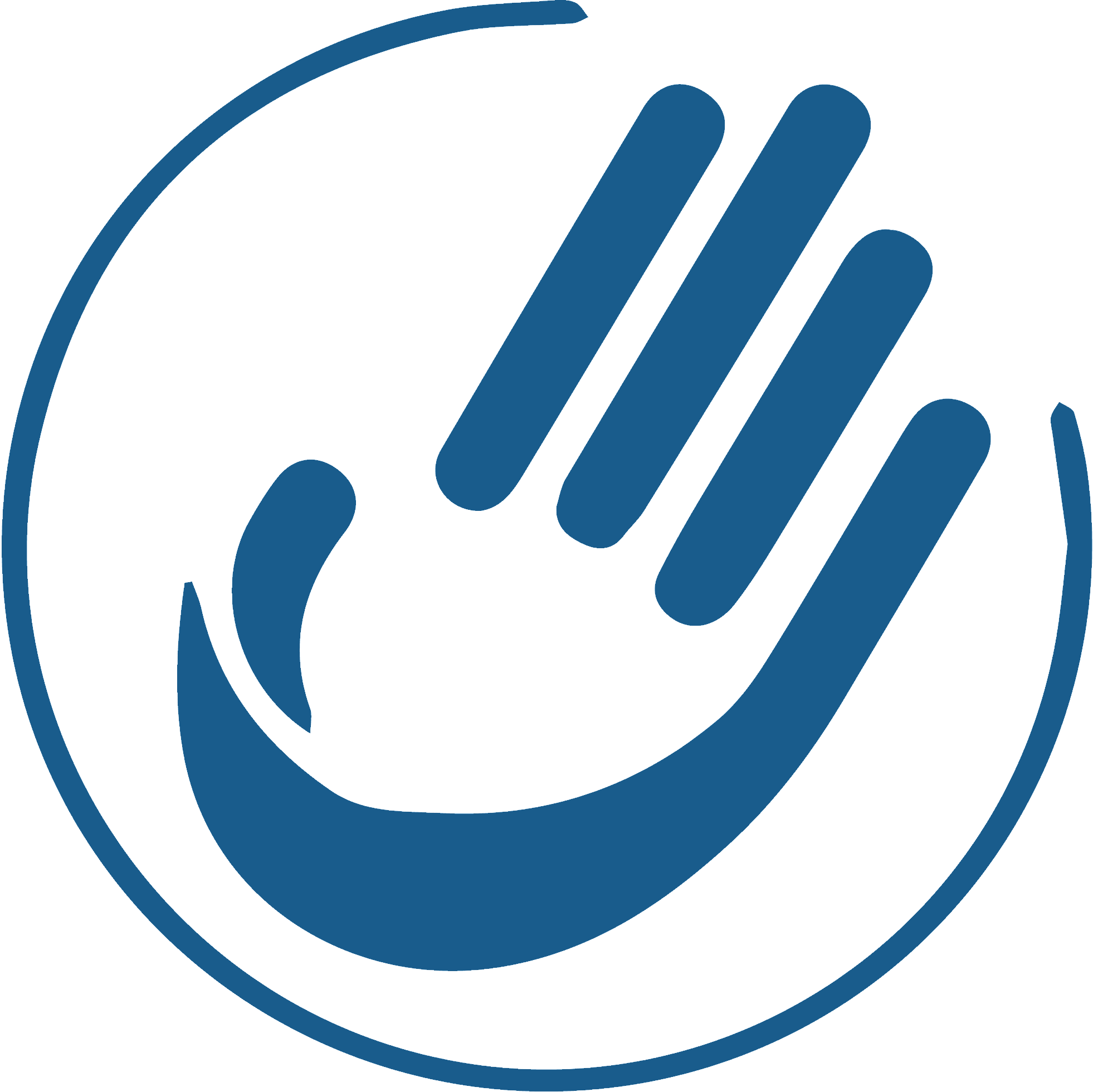The Diploma of Osteopathy is issued after a curriculum of 5 years study at the Graduate level including theoretical coursework, practical assignments and clinical trainings.
Osteopathy is a hands-on therapy that requires no medication. It is a non-invasive procedure that uses external technical manipulations of the body. It focuses on treating the patient's pain with a total body (holistic) health approach.
The holistic approach to the health is based on the fact that all parts of the body work together in an integrated manner. Osteopathy differs from other para medical disciplines in its approach to health that is focused on the balance of mobility of all the body parts.
When a structure is limited in its movement, the rest of the body tends to adjust in order to compensate for this deficiency, which ultimately leads to stiffness, pain, inflammation, or other health problems. Therefore, causes of pain in the body can be numerous, and are often expressed in another location from their origin. The treatment is effective not only in the area that seems problematic but also in other areas of the body as well.
The goal of osteopathic treatment is to restore movement and ultimately to minimize pain, reduce stress, and thus facilitate the self-healing properties of the organism.
Whether it is for a symptom that has arisen after an accident, chronic problems that have settled over time, or disorders that have appeared after surgery, the treatment must always aim to provide the patient with positive and concrete results in as few sessions as possible.
From a prevention perspective the osteopath ensures the integrity of the overall biomechanics of the body to improve the adaptability and response of its various structure to daily strains and stresses.
The practice of osteopathy is, on one hand, based on a rigorous knowledge of anatomy, physiology and biomechanics of the human body.
And on the other hand, the osteopath enlarge its knowledge of the body throw empirical practice to increase its sensitivity skills accuracy.
Areas of intervention of osteopathy
Osteopathy is recommended for all types of pain, chronic or acute, of traumatic origin or not.
Usually there are three different lines of work in osteopathic treatment :
• Treatment and strengthening the musculoskeletal system (joints, muscles and ligaments)
• Relaxation of the organs and viscera which are firmly attached to the bones and muscles, that need to continue to perform their function despite environmental constraints.
• Craniosacral mobilisation, strengthening and balancing focusing more on the nervous system.
The nature of the complaint may involve muscles, bones, joints, but also organs, skull and general state.
This therapy is particularly adapted to post-operative care as it can work on scar tissue formation and tissual adhesions that are at the basis of many health issues.

